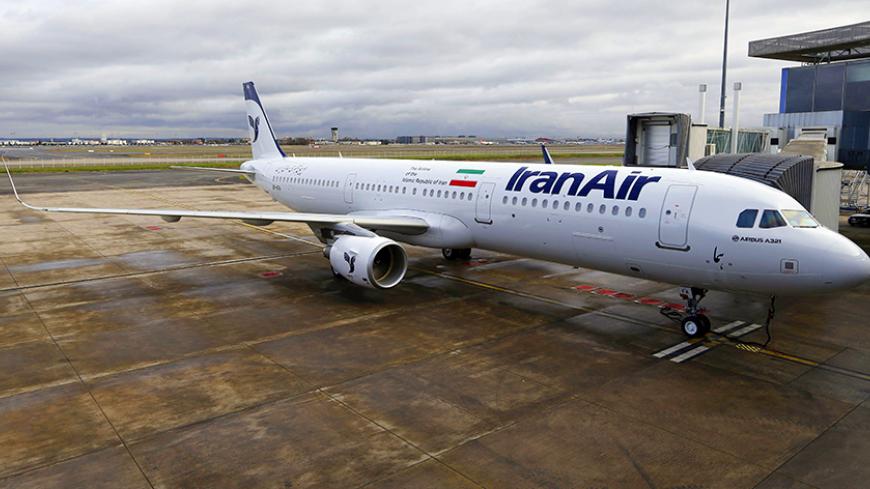As Iran Air has begun receiving its first brand-new, Western-made airplanes in decades, it seems that President Hassan Rouhani's efforts to lift sanctions have paid off. However, rejuvenating a long dilapidated industry is different from simply renewing a fleet.
During the past decades, nothing has symbolized the impact of sanctions on Iran as much as the state of its aviation industry. Once pioneering intercontinental flights and regional routes in the Middle East, Iran's commercial airlines have been stuck with old fleets as they suffer from lack of access to foreign investment and modern aircraft. Use of Russian commercial airliners such as Tupolevs and Ilyushins have filled the void. Indeed, accidents have been a consistent occurrence in Iran, leading to public dissatisfaction with Russian planes. From 2005 to 2015 alone, Iranian airlines experienced 16 incidents that resulted in 586 deaths. As such, there is little wonder why earlier this month many Iranians celebrated the arrival of the first brand-new Airbus aircraft, an A321-200, as the end of a tragic era.



